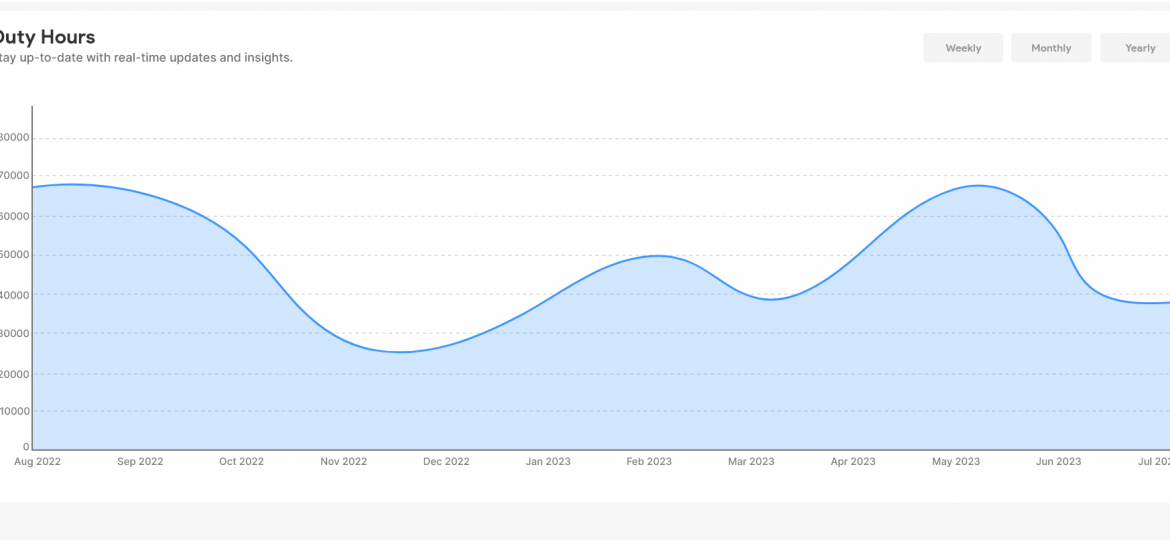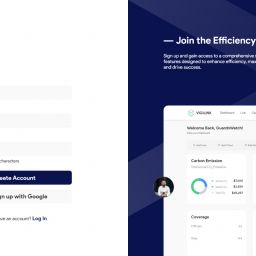The Importance of Workforce Management Software for Modern Businesses
In today’s fast-paced and competitive business landscape, organizations are constantly striving for increased productivity, efficiency, and profitability. A crucial aspect of achieving these goals is effectively managing the workforce. As businesses grow and evolve, managing a large and diverse workforce becomes increasingly complex. This is where workforce management software plays a pivotal role.
Workforce management software is a comprehensive solution that streamlines and automates various HR processes, including employee scheduling, time and attendance tracking, payroll management, workforce analytics, and more. Its adoption has been steadily increasing across industries due to its potential to revolutionize the way businesses operate. In this article, we will explore the importance of workforce management software for modern businesses and the numerous benefits it offers.
1. Enhanced Employee Productivity
One of the primary benefits of workforce management software is its ability to boost employee productivity. By automating time-consuming tasks like scheduling, leave management, and shift changes, it frees up valuable time for both HR personnel and employees. With reduced administrative burdens, HR teams can focus on more strategic initiatives, while employees can dedicate their time and energy to core business activities, ultimately leading to increased productivity across the organization.
2. Efficient Scheduling and Shift Management
Creating and managing employee schedules manually can be a tedious and error-prone process. Workforce management software simplifies this task by providing sophisticated scheduling tools that take into account factors such as employee availability, skill sets, and labor regulations. This results in optimized schedules that ensure adequate staffing levels while minimizing labor costs and overstaffing during low-demand periods.
3. Accurate Time and Attendance Tracking
Tracking employee attendance and working hours accurately is vital for payroll processing and compliance with labor laws. Workforce management software offers advanced time-tracking features, such as biometric attendance systems or mobile clock-ins, ensuring that employees’ work hours are recorded precisely. This accuracy helps avoid payroll discrepancies and ensures that employees are compensated fairly for their work.
4. Cost Savings
Implementing workforce management software can lead to significant cost savings for businesses. By optimizing scheduling and avoiding overtime or unnecessary staffing, companies can reduce labor costs. Additionally, the automation of various HR processes reduces the need for manual paperwork and administrative overhead, leading to further cost efficiencies.
5. Compliance and Labor Regulation Adherence
In today’s regulatory environment, businesses must comply with various labor laws, industry regulations, and collective bargaining agreements. Failure to adhere to these regulations can result in costly fines and legal repercussions. Workforce management software comes equipped with compliance tools that ensure businesses meet all legal requirements related to employee working hours, breaks, and overtime, reducing the risk of non-compliance penalties.
6. Real-time Workforce Analytics
Data-driven decision-making is crucial for business success. Workforce management software provides real-time analytics and reporting features that offer valuable insights into employee performance, labor costs, and productivity trends. HR managers can leverage these analytics to identify areas for improvement, allocate resources more effectively, and make informed strategic decisions that align with the company’s goals.
7. Employee Satisfaction and Work-Life Balance
Workforce management software can contribute to employee satisfaction by promoting better work-life balance. With transparent and fair scheduling practices, employees have greater visibility into their work schedules, allowing them to plan personal commitments more effectively. This, in turn, fosters a positive work environment and helps in retaining top talent within the organization.
Conclusion:
In conclusion, workforce management software is a critical tool for modern businesses seeking to optimize their workforce and enhance overall productivity and efficiency. From efficient scheduling and time tracking to cost savings and compliance adherence, the benefits of implementing workforce management software are far-reaching. By leveraging this technology, organizations can streamline HR processes, empower their employees, and position themselves for sustained success in an increasingly competitive business landscape. Investing in workforce management software is not just a technological upgrade; it is an investment in the future growth and prosperity of the business.
















